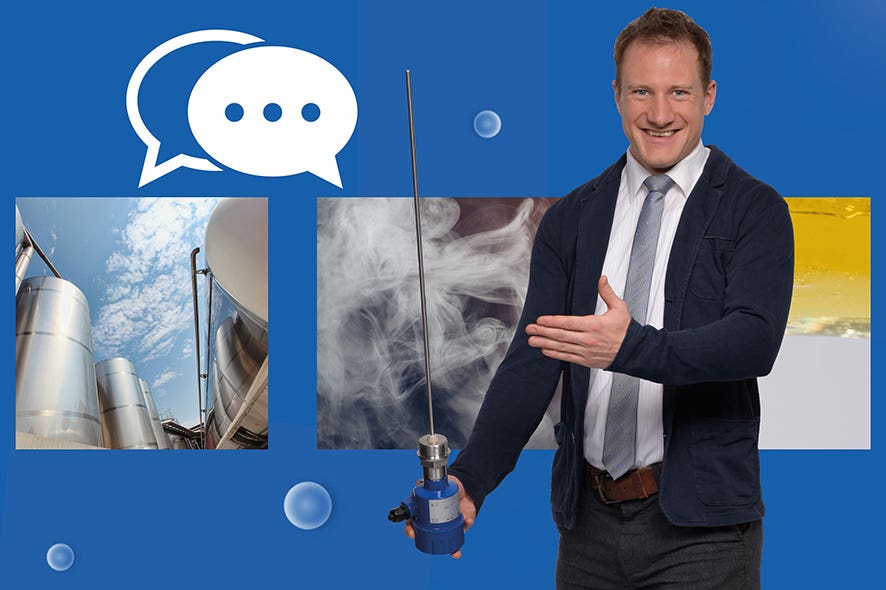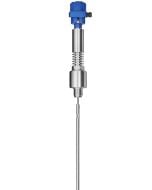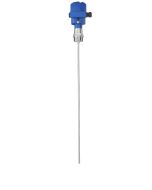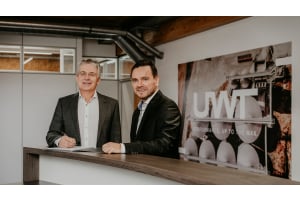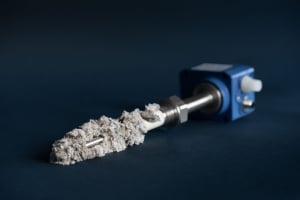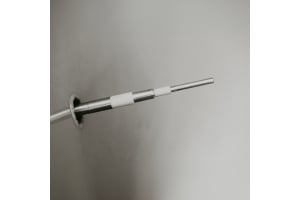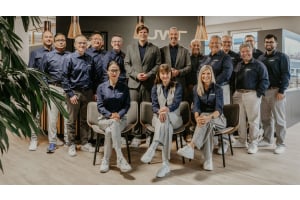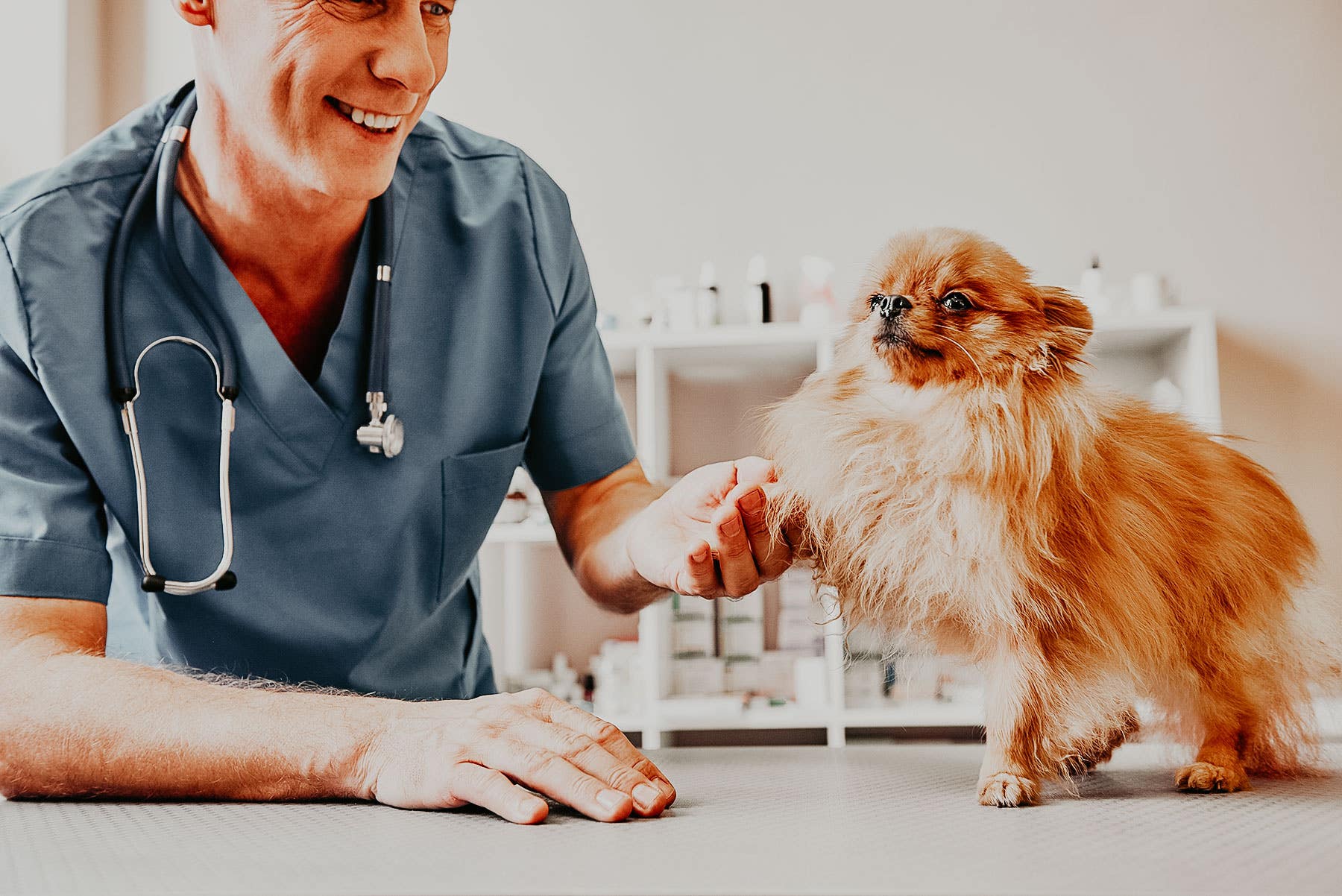
A manufacturer of veterinary products equipped several of his process tanks for various liquids with modern level measurement technology. Due to the process conditions, the coaxial version of the guided wave radar sensor from UWT was installed within the injection reactors. TDR sensors meet the highest safety standards, which makes them the preferred technology, especially in the pharmaceutical sector.
In the course of expanding investments in machinery, equipment and buildings, a manufacturer of various pharmaceutical veterinary preparations in Argentina was looking for an accurate and durable solution to automate level measurement within his production facilities. Over 500 registered veterinary products are manufactured there for the global veterinary market. A special installation with radar measurement technology was implemented for level measurement within several 2000 liter reactors with different injection products. Due to the implemented heating system of the tanks, the interior space for the installation was very limited. The various installations made the use of a free radiating measuring sensor impossible. After some live tests, UWT GmbH finally implemented a tailor-made measurement system with modular, adaptable guided wave radar sensors.
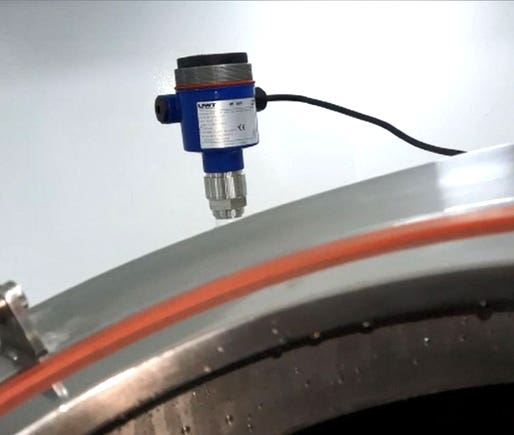

The installation of UWT's TDR sensors inside the veterinary reactors containing sterile injectables will ensure safe level measurement for the Santa Fe facility.
Modular device design for flexible installation
Radar technology has become increasingly important over the past few decades and has been continuously further developed. The area of application now extends from simple standard applications in storage systems to complex process containers with a wide variety of challenges. Radar sensors based on guided microwave technology, also known as TDR (Time Domain Reflectometry) or GWR (Guided Wave Radar), are particularly suitable for dynamic process conditions and can be configured in many different versions.
The probe had to meet the hygienic requirements in the veterinary sector by using suitable manufacturing materials. It should also be taken into account that the water/oil-based liquids inside the tanks are kept in constant motion at a varying process temperature of between 80°C (176°F) - 150°C (302°F). In addition to the aspect of safety, high demands were placed on the robustness and flexibility in the range of applications of the measurement technology.
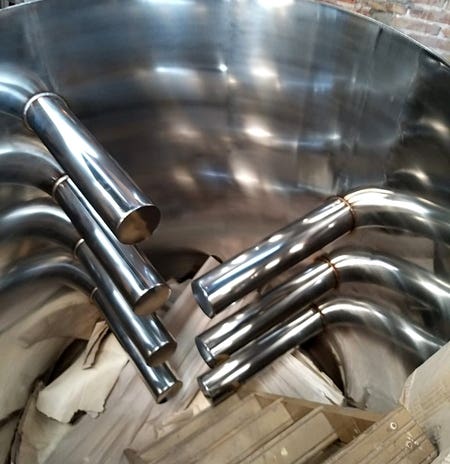

With the coaxial design of the NivoGuide® guided wave radar sensor, maintenance-
free operation is also possible when measuring liquids with moving surfaces secured within the tanks.
Certified TDR design in coax version
Finally, the was configured as a rod version for continuous level monitoring of the injection products. This sensor easily supports a process temperature of up to 150°C (302°F) and an overpressure of up to 400 bar (5801.5 psi). An electromagnetic pulse is generated by the electronics, which is coupled to the probe and guided downwards along it. When the wave hits the surface of the material, part of the energy is reflected. This so-called echo signal is also routed along the boom back to the electronics, which recognizes it and converts it into a fill level indication via a transit time measurement. Due to the capability of rod-guided radar technology, this sensor can focus the signal appropriately. The device versions are each equipped with extension arms that can be individually adapted to the application. Depending on the container design and process conditions, the right sensors can be designed. By installing the coaxial tube, the measurement is completely unaffected by the movement of the liquids.
The probe made of stainless steel could be quickly and easily attached to the container wall to avoid mechanical damage. In general, level measurement with TDR sensors is possible without any problems if the medium to be measured has a DK value of at least 1.3. The DK value of 4 for the injection media was therefore sufficiently high. Even temperature and pressure fluctuations do not affect the measurement principle of the guided wave radar probe in its result conversion.
The TDR meets the requirements for durability and maintenance-free operation thanks to its chemically resistant materials. In addition, the sensor was equipped with extra insulation made of PEEK, FFKM seals and the additional borosilicate glass seal (Second Line of Defense). In this way, the filling level is recorded precisely and reliably, even under the challenging conditions of the pharmaceutical manufacturer. A condensate cone that has an insulating effect between the coupling and the probe increases measurement reliability and also makes it easier for condensate to drip off. In addition, the sensor meets all safety requirements with regard to explosion protection and has the worldwide certifications (ATEX, IEC-Ex, INMETRO, FM, EAC-Ex) for use in potentially explosive areas.
Even under the demanding process conditions of the animal pharmacy, the NivoGuide® measures with its 4...20 mA/HART two-wire electronics with an accuracy of +-2mm. Due to the short reaction time, filling levels that change more quickly can also be reliably recorded. The guided radar sensors thus offer optimal support for the smooth process flow of the production facility in Argentina: “The investments correspond to the equipment of the production plants with the latest technologies and support highly efficient manufacturing processes of our veterinary products, which means that we are perfectly positioned to meet the requirements of an increasingly globalized and competitive market to fulfil."
One for all! Standard or tricky?
TDR - ALLROUNDER for
BULK MATERIALS & LIQUIDS
TDR White Paper:




